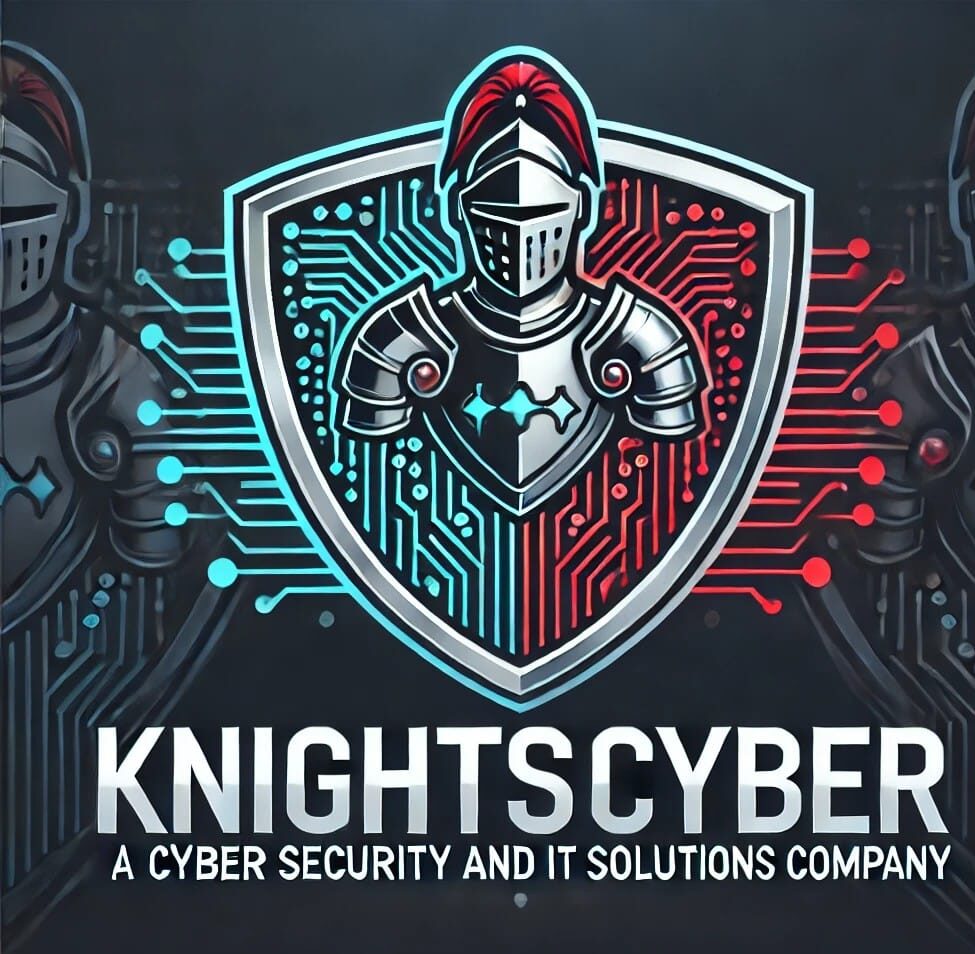Future Cybersecurity Strategies: Navigating Innovation and Automation Challenges
CyberSecurity
Future Cybersecurity Strategies: Navigating Innovation and Automation Challenges
In an era where innovation and automation drive transformative changes across industries, the cybersecurity landscape is evolving just as rapidly. As we forge ahead into 2025, new technologies are set to revolutionize how businesses operate. However, these advancements also pose novel cybersecurity challenges that demand strategic foresight and proactive measures.
The Rise of Innovation and Automation
The proliferation of automated systems and innovative technologies offers numerous benefits, such as increased efficiency, reduced operational costs, and enhanced customer experiences. Companies are leveraging artificial intelligence (AI), machine learning (ML), and robotics to streamline processes and boost productivity. Nevertheless, the integration of these technologies introduces complex cybersecurity dynamics that organizations must navigate.
Benefits of Innovation and Automation
- Optimization of business operations
- Enhanced decision-making processes
- Cost-effective solutions
- Scalable business models
While these benefits are compelling, an over-reliance on automated systems presents vulnerabilities that cybercriminals are quick to exploit.
Cybersecurity Challenges in the Age of Automation
With automation comes the potential for increased attack surfaces. Automated systems are typically interconnected and rely heavily on data exchange, making them attractive targets for cyber threats. Here are some key challenges that businesses face as they adopt innovative technologies:
1. Sophisticated Cyber Attacks
As technologies advance, so do the tactics of cybercriminals. AI and ML can be harnessed by attackers to launch more sophisticated attacks, such as deepfake technology to manipulate digital identities or AI-driven phishing schemes that mimic legitimate communications almost flawlessly.
2. Data Privacy Concerns
Automation often involves handling massive volumes of data, some of it sensitive in nature. Ensuring data privacy and complying with stringent regulations such as GDPR and CCPA are paramount to avoid hefty fines and to maintain customer trust.
3. Vulnerabilities in IoT Devices
The Internet of Things (IoT) has seen exponential growth, with billions of connected devices now integrated into the digital ecosystem. Each device serves as a potential entry point for hackers, making endpoint security a critical component of any cybersecurity strategy.
4. Skill Gaps in the Workforce
The fast pace of technological change has resulted in a significant skills gap. Finding professionals who are not only adept at managing new technologies but also understanding the associated security implications is a pressing challenge for businesses.
Strategic Approaches to Cybersecurity
To effectively navigate these challenges, organizations must adopt comprehensive cybersecurity strategies. Here are some proactive measures that can help:
1. Incorporate AI and ML in Cyber Defense
While these technologies pose risks, they also hold the key to strengthening cybersecurity defenses. AI and ML can be used to monitor network traffic in real-time, detect anomalies, and respond to threats faster than human capability.
2. Prioritize Data Protection
- Implement robust encryption techniques.
- Adopt a zero-trust architecture to minimize insider threats.
- Regularly update privacy policies to align with evolving regulations.
A proactive stance on data protection not only safeguards information but also facilitates compliance with legal mandates.
3. Enhance IoT Security Measures
- Conduct regular security assessments of IoT infrastructure.
- Ensure all devices have the latest firmware updates.
- Adopt network segmentation to isolate IoT systems from critical assets.
4. Invest in Cybersecurity Training
Continuous education and training are essential to keeping the workforce ahead of emerging threats. Businesses should invest in skills development programs and certifications to bridge the cybersecurity skills gap.
The Future Outlook
The journey towards a future where innovation and automation are integrated seamlessly with robust cybersecurity measures is both challenging and necessary. As we approach 2025, organizations must remain vigilant, continuously adapt to the evolving threat landscape, and implement strategic measures to protect their digital assets.
In conclusion, while the automation revolution promises significant operational gains, it is imperative that businesses remain proactive in managing the associated cybersecurity risks. By leveraging advanced technologies, prioritizing data protection, securing IoT systems, and investing in workforce training, organizations can effectively navigate the cybersecurity challenges ahead.
